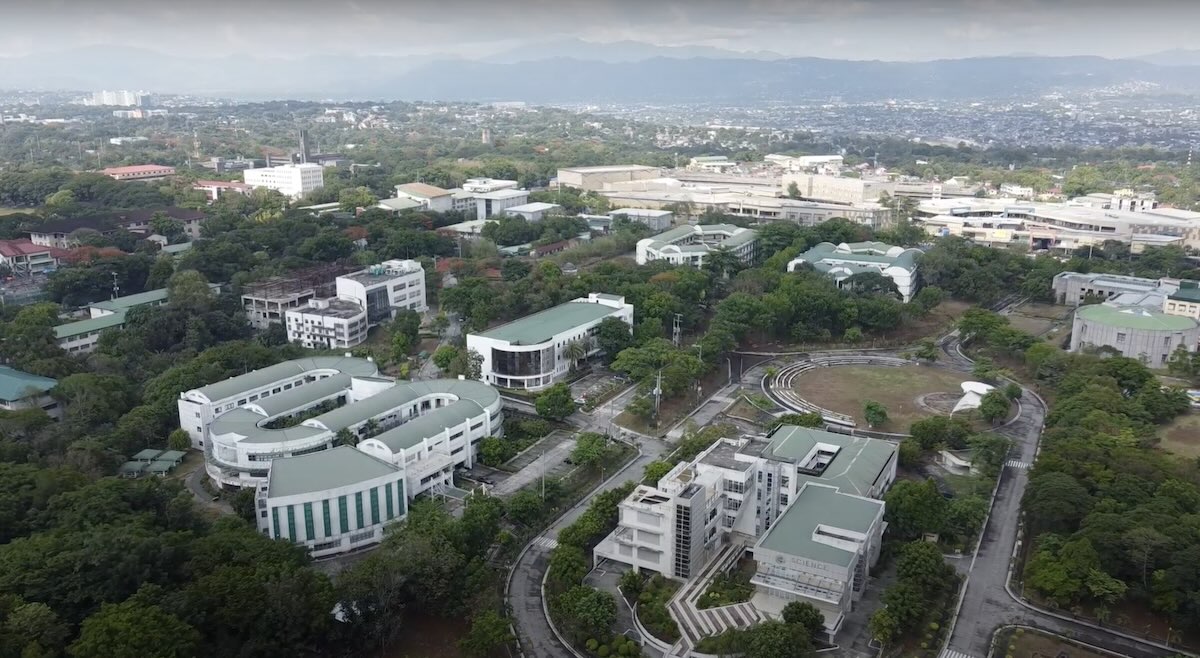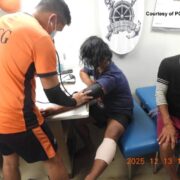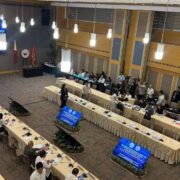Accelerating S&T in PH through research: High-impact studies led by UP scientists in 2023

Science and technology (S&T) play a vital role in Philippine development, providing innovative solutions to societal challenges faced by Filipinos. In that regard, the University of the Philippines Diliman College of Science (UPD-CS) has been at the forefront of advancing S&T in the Philippines for decades, producing basic and applied scientific research of high standards and national relevance. Year after year, research spearheaded by UPD-CS scientists is published in various journals with high impact factors. The impact factor is a variable measuring a journal’s importance based on the average number of citations of its articles.
UPD-CS scientists continued the college’s long streak of quality research in 2023, with several studies they led becoming internationally recognized and included in some of the world’s most notable, high-impact journals. From examining Philippine tropical cyclones to the risk factors of breast cancer, here are some of UPD-CS’ recent scientific breakthroughs contributing to the country’s socio-economic development.
- Analyzing the effects of pioneer colonizing bacteria on plastic breakdown in oceans
- Detecting harmful dye pollutants using gold nanomaterials
- Discovering the link between stress, altered light-dark cycles, and breast cancer
- Investigating quantum spin Hall and Rashba effects in flat ilmenite oxides
- Exploring the potential of Cu2O semiconductors paired with plasmonic metals
- Assessing the response of severe Philippine tropical cyclones to a warmer climate
- Developing a framework for deriving analytic steady states of biochemical reaction networks
- Examining bottom simulating reflectors in the Manila Trench forearc and its implications on the presence of gas hydrates in the region
- Looking into the hidden diversity and genetic variations in the coral Acropora tenuis and its endosymbionts across the Great Barrier Reef
- 10. Delving into the possible leafy vegetables’ distinctive biomolecular properties included in prehistoric southern Vietnamese cuisine
By Eunice Jean Patron
















